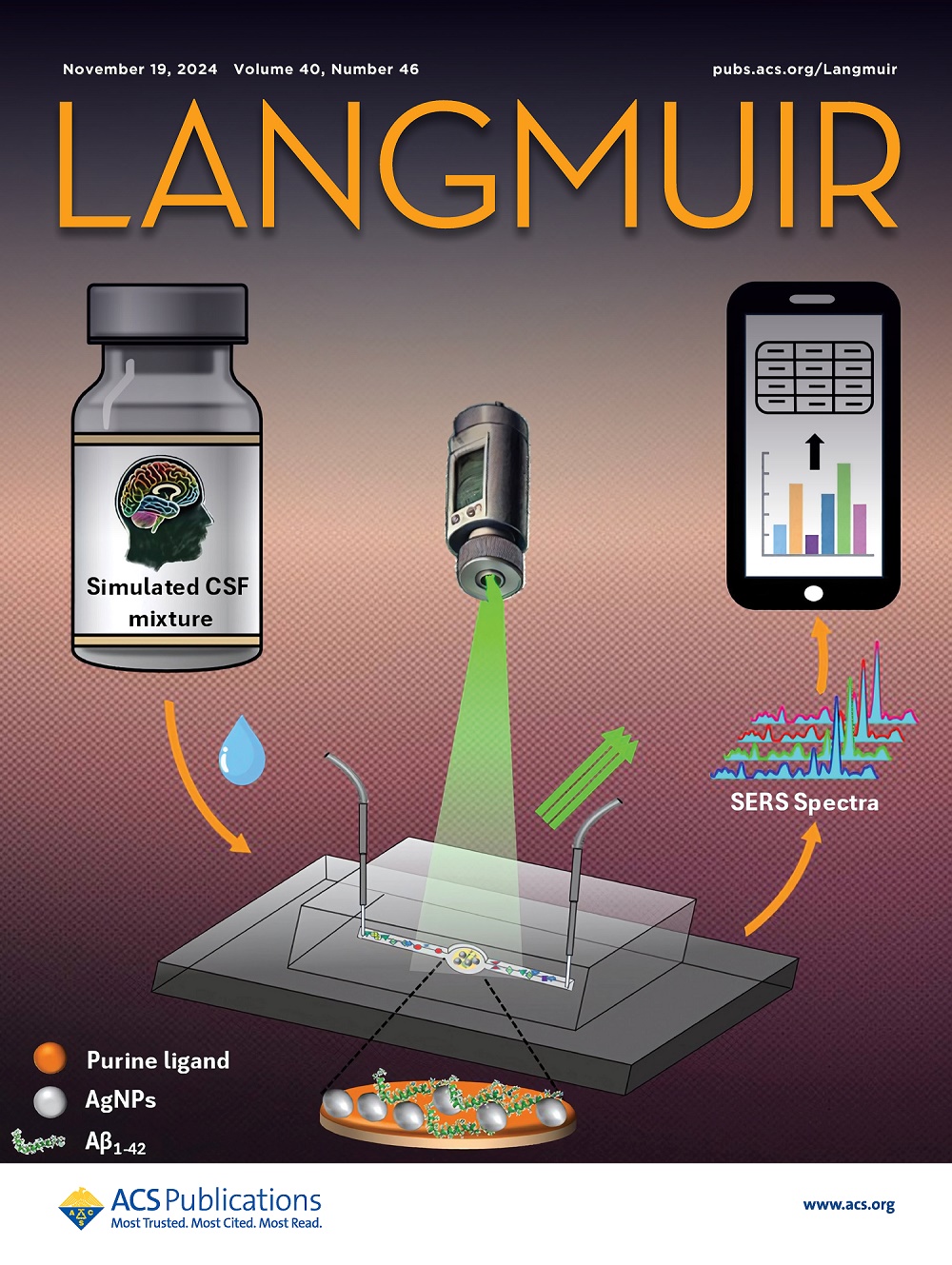绿色制氢电化学水分解电催化剂研究进展:基本原理及最新进展
IF 3.9
2区 化学
Q2 CHEMISTRY, MULTIDISCIPLINARY
引用次数: 0
摘要
通过电化学水分解生产绿色氢气已经成为实现可持续能源未来的关键解决方案。本文综述了水裂解的基本原理,重点介绍了O2析出反应(OER)和H2析出反应(HER),并重点介绍了电催化剂在这些过程中的关键作用。钯和铱等贵金属仍然是催化性能的基准;然而,它们的稀缺性和高成本要求开发替代材料。地球上丰富的催化剂,包括过渡金属氧化物、碳化物、氮化物和硫化物的最新进展,在平衡活性、耐久性和可负担性方面显示出了希望。纳米结构技术和计算模型的集成使得设计具有增强活性位点暴露和电子特性的催化剂成为可能。此外,该评论还强调了材料降解、高过电位和气体交叉等挑战,以及保护涂层、双功能催化剂和先进电解槽设计等潜在解决方案。未来的前景强调人工智能、混合系统和可持续制造在加速进步中的作用。这项全面的审查强调了将基础研究与技术创新相结合的重要性,以扩大绿色氢生产,解决能源需求,同时减轻环境影响。本文章由计算机程序翻译,如有差异,请以英文原文为准。

A Review on Electrochemical Water Splitting Electrocatalysts for Green H2 Production: Unveiling the Fundamentals and Recent Advances
Green H2 production via electrochemical water splitting has emerged as a pivotal solution for achieving a sustainable energy future. This Review delves into the fundamentals of water splitting, focusing on the O2 evolution reaction (OER) and H2 evolution reaction (HER), and focuses on the critical role of electrocatalysts in these processes. Precious metals such as paltinum and iridium remain the benchmarks for catalytic performance; however, their scarcity and high cost necessitate the development of alternative materials. Recent advances in Earth-abundant catalysts, including transition-metal oxides, carbides, nitrides, and sulfides, have shown promise in balancing activity, durability, and affordability. The integration of nanostructuring techniques and computational modeling has enabled the design of catalysts with enhanced active site exposure and electronic properties. Furthermore, the Review highlights challenges such as material degradation, high overpotentials, and gas crossover, along with potential solutions like protective coatings, bifunctional catalysts, and advanced electrolyzer designs. Future prospects emphasize the role of artificial intelligence, hybrid systems, and sustainable manufacturing in accelerating progress. This comprehensive review underscores the significance of bridging fundamental research with technological innovations to scale up green hydrogen production, addressing energy demands while mitigating environmental impacts.
求助全文
通过发布文献求助,成功后即可免费获取论文全文。
去求助
来源期刊

Langmuir
化学-材料科学:综合
CiteScore
6.50
自引率
10.30%
发文量
1464
审稿时长
2.1 months
期刊介绍:
Langmuir is an interdisciplinary journal publishing articles in the following subject categories:
Colloids: surfactants and self-assembly, dispersions, emulsions, foams
Interfaces: adsorption, reactions, films, forces
Biological Interfaces: biocolloids, biomolecular and biomimetic materials
Materials: nano- and mesostructured materials, polymers, gels, liquid crystals
Electrochemistry: interfacial charge transfer, charge transport, electrocatalysis, electrokinetic phenomena, bioelectrochemistry
Devices and Applications: sensors, fluidics, patterning, catalysis, photonic crystals
However, when high-impact, original work is submitted that does not fit within the above categories, decisions to accept or decline such papers will be based on one criteria: What Would Irving Do?
Langmuir ranks #2 in citations out of 136 journals in the category of Physical Chemistry with 113,157 total citations. The journal received an Impact Factor of 4.384*.
This journal is also indexed in the categories of Materials Science (ranked #1) and Multidisciplinary Chemistry (ranked #5).
 求助内容:
求助内容: 应助结果提醒方式:
应助结果提醒方式:


